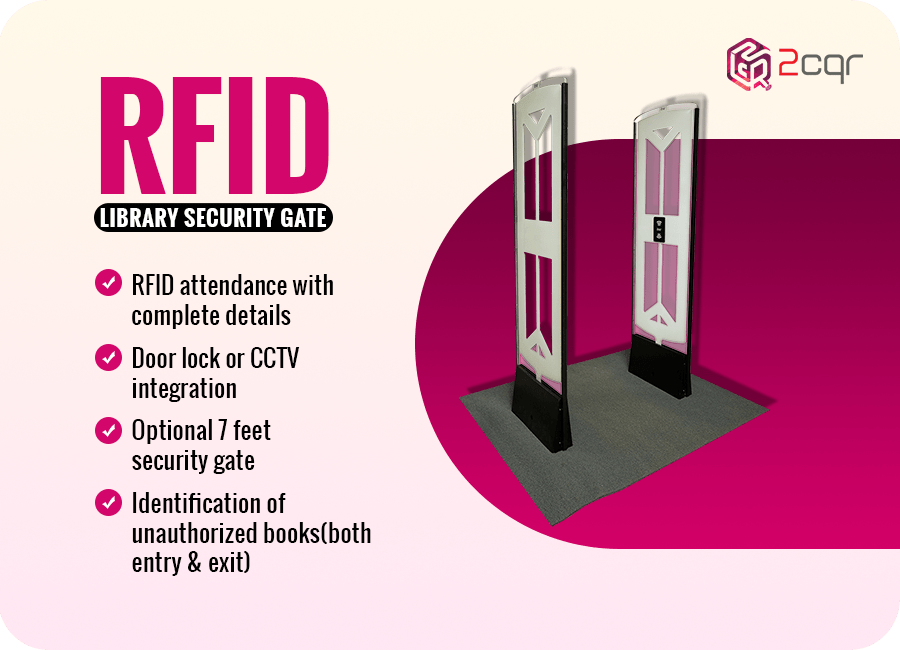
In today’s digital age, libraries have transformed from static storehouses of information to dynamic hubs of knowledge, largely propelled by RFID (Radio Frequency Identification) library systems.
The introduction of RFID technology in libraries has been pivotal in transcending traditional physical limitations. It has played a significant role in steering libraries toward digitisation, effectively bridging the gap between the physical and virtual domains. By providing seamless access to an extensive array of resources, RFID systems have not only captivated the interest of tech-savvy millennial but have also led to a substantial increase in library subscriptions and patronage.
Let’s delve deeper into how RFID technology continues to revolutionise libraries through ongoing advancements:
Seamless Integration of RFID Components with Library Management Systems
The seamless integration of various RFID products and solutions with library databases stands as a pivotal element in favor of RFID systems for efficient library management. This integration has propelled libraries to new heights, facilitating efficient data exchange and enabling informed decision-making processes.
Enhanced Data Exchange and Informed Decision-Making
The integration of HF library security and access control systems with existing library management systems has significantly avoided the unauthorised movement of valuable resources. By meticulously recording every action of registered users, this integration provides comprehensive insights, empowering libraries to observe user behaviour and optimise resource security.
Accuracy, Convenience, and Compatibility
Ensuring patrons’ convenience by allowing flexible resource returns in line with their preferences has markedly improved the library experience. Integration of advanced book drop boxes with double readers linked to the library database ensures meticulous organization of returned books, facilitating accurate inventory management.
Empowering Patron Independence with Enhanced Efficiency
In today’s digital era, patrons seek independence and efficiency in their transactions, and RFID self-service kiosks cater perfectly to this demand. These kiosks empower users to manage their transactions at their pace, significantly reducing waiting times and liberating library staff for personalized assistance.
IoT Integration Amplifying RFID Systems
The amalgamation of IoT devices with RFID systems has transformed libraries into intelligent spaces capable of real-time sensing and proactive decision-making. This integration has elevated RFID systems from merely enhancing inventory tracking to becoming dynamic resource optimization hubs.
Strengthening Security Measures through IoT Devices
Combining IoT devices like CCTV cameras and door locking mechanisms with security gates has fortified resource security. This integration allows for comprehensive monitoring, enhancing responsiveness to triggered alarms and ensuring a clearer approach to patron handling.
Optimizing Library Management with IoT Sensors
IoT sensors, including acceleration, temperature, and humidity sensors, have revolutionized library management by monitoring user movements and environmental conditions. These sensors enable proactive decision-making, ensuring the health of RFID tags and preemptively addressing any potential issues.
In summary, RFID technology continues to transform libraries into adaptive and technology-driven knowledge centres. From enhanced security measures to empowering patron experiences, these innovations paint a picture of libraries as adaptive spaces embracing technology to cater to evolving needs.


